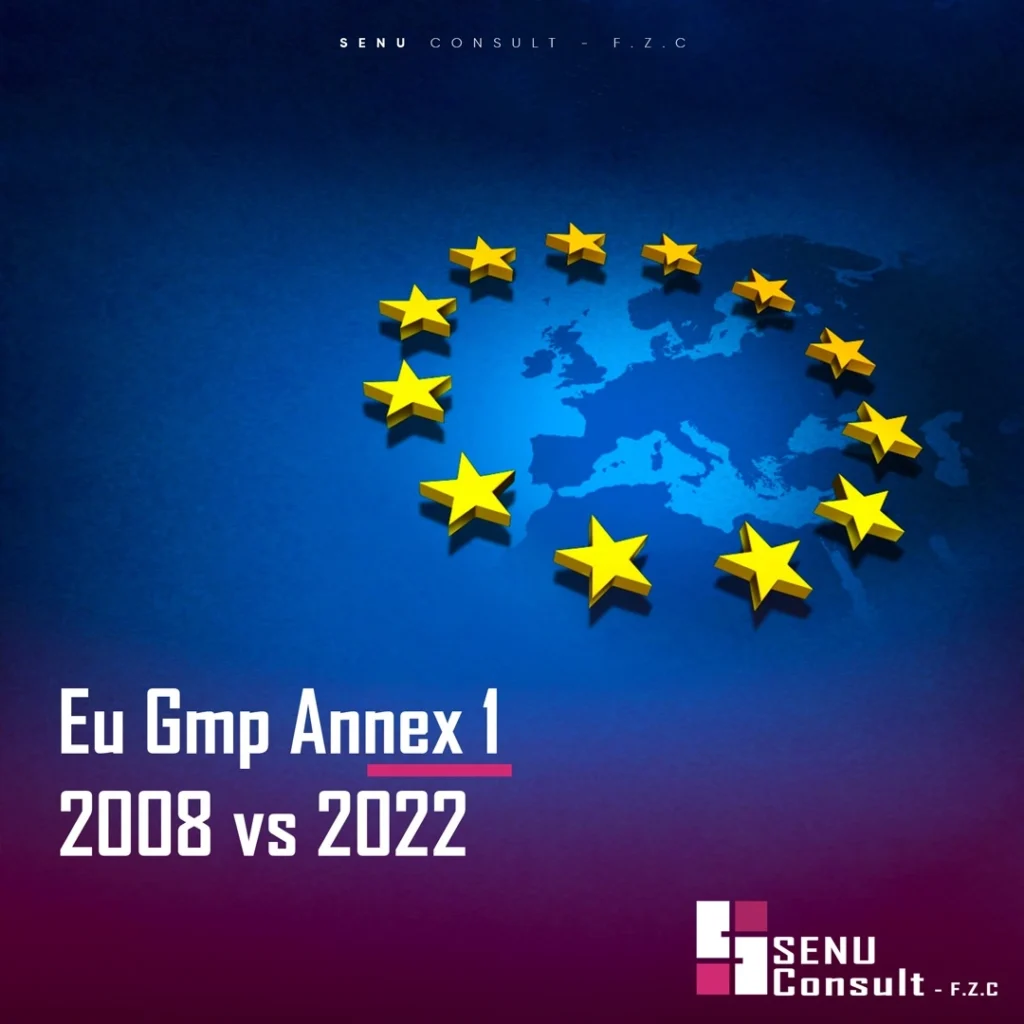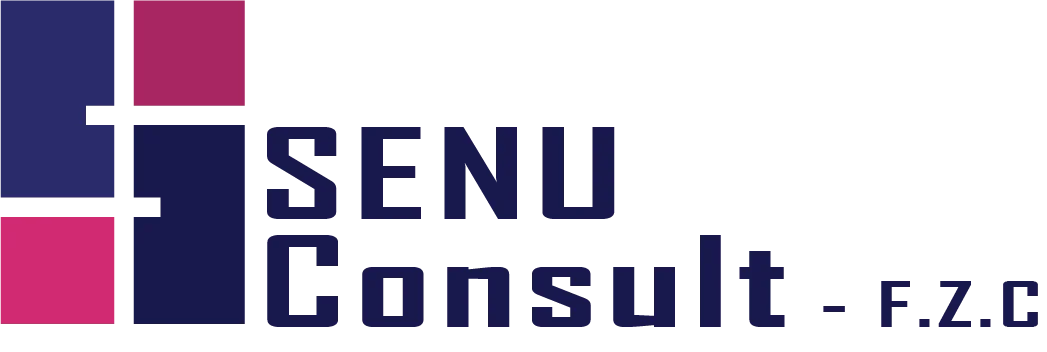EU GMP Annex 1 2022 vs 2008
EU GMP Annex 1 2022 vs 2008
The revised EU GMP Annex 1 — Manufacture of Sterile Medicinal Products — was published on 25 August 2022 and became effective on 25 August 2023, with some elements having delayed compliance dates into 2024. This new version replaced the previous 2008 edition, introducing major changes in structure, philosophy, and regulatory requirements.
This article provides a structured comparison of EU GMP Annex 1 2022 vs 2008, highlighting the most critical updates affecting sterile pharmaceutical manufacturing.
1. Philosophy and Risk-Based Approach
- 2008 Version: Limited application of Quality Risk Management (QRM). No mention of Contamination Control Strategy (CCS).
- 2022 Version: Fully integrated QRM across the document, with strong emphasis on CCS, requiring documentation, implementation, and lifecycle review.
Key Update: CCS is now mandatory, focusing on process understanding and lifecycle-based sterility assurance.2. Structure and Length
- 2008: ~16 pages, 20 sections, concise and prescriptive.
- 2022: ~58 pages, 23 sections, new dedicated topics (CCS, single-use systems, PUPSIT).
- More detailed, interpretative guidance, aiming for holistic compliance.
3. Contamination Control Strategy (CCS)
- 2008: Not defined.
- 2022: Mandatory, covering facilities, utilities, equipment, personnel, cleaning, and disinfection. Deep integration with QRM and PQS.
4. Sterilization and Filtration
- 2008: PUPSIT mentioned but not enforced; single-use systems not addressed; validation briefly noted.
- 2022: Strong recommendation for PUPSIT unless justified; guidance on single-use systems; rigorous sterilization validation required.
5. Cleanroom and Environmental Monitoring
- 2008: Limited guidance on environmental monitoring, mainly settle plates.
- 2022: Much more detailed, with clear expectations on real-time monitoring, trending, and alert/action limits. Broader scope for aseptic areas.
6. Personnel Qualification and Behavior
- 2008: General requirements for gowning, training, and access control.
- 2022: Specific gowning per grade, detailed training including media fills and aseptic simulations, stricter access restrictions.
7. Facility and Equipment Design
- 2008: RABS/isolators mentioned; airflow visualization required but limited; utilities briefly covered.
- 2022: Strong push for RABS/isolators, detailed smoke studies, turbulence avoidance, and HEPA filter integrity testing.
8. Qualification and Validation
- 2008: Focus on equipment qualification; media fills briefly mentioned.
- 2022: Broader focus on process, facility, and utility qualification, plus ongoing requalification. Strong reinforcement of aseptic process simulation requirements.
Conclusion
The new Annex 1 (2022) represents a paradigm shift toward an integrated, risk-based, and lifecycle-focused approach to sterile manufacturing. It aligns more closely with ICH Q9/Q10, while encouraging modern methods such as rapid microbiological testing, isolators, and automated systems.
For global manufacturers, understanding these differences between EU GMP Annex 1 2022 vs 2008 is critical to achieving compliance and ensuring product safety.
References & Resources
- European Commission: EU GMP Annex 1 (2022)
- van Doorne, H. (2022). Annex 1: Key changes and industry impact.
- Rees, G. (2023). GMP Compliance, Annex 1 & Quality Risk Management.
- Explore more on Senu Consult Blog for GMP and compliance insights.
-
Follow more of our services here
Explore Services
+971 56 636 0153
info@senuconsult.comHave Any Questions? Contact us here
+971566360153 or
info@senuconsult.com


